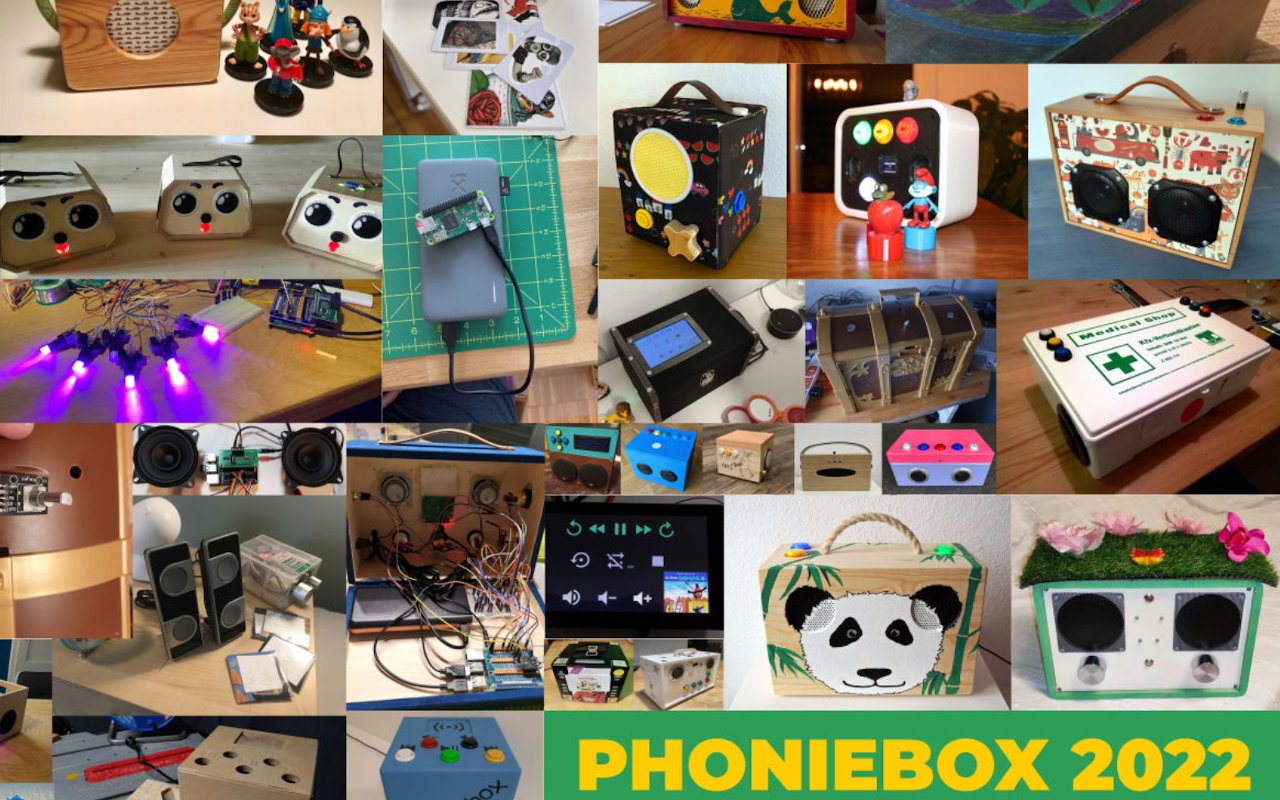
Abishek Viswanathan , is a design-led, data-driven product executive who believes in driving collaboration through consensus. In the rapidly evolving SaaS landscape, growth isn't just about acquiring users—it's about creating a seamless, value-driven experience that turns users into advocates. Product-led growth (PLG) is the key to achieving this, positioning your product as the primary driver of customer acquisition, engagement and retention.
I'll outline a detailed framework for building a robust SaaS growth model, using insights from key metrics and strategic levers. The SaaS Growth Journey Our growth model is structured around three pivotal stages: activation, retention and monetization. Specific levers support each stage to guide strategic decision-making and drive outcomes.

Activation: Transforming Sign-Ups Into Engaged Users • Sign-ups by source. Analyze where your users are coming from—be it organic channels like search and referrals, viral invites or paid acquisitions. For example, we had several programmatic SEO-optimized search pages on every company and people at companies, which helped us surface content our end users were searching for directly in the search results.
By having more of our search results show up for relevant searches, our search ranking shot up and started creating a flywheel for user sign-ups. Doubling down on this analysis can help you focus your efforts on the most effective channels. Apple’s Update Decision—Bad News Confirmed For Millions Of iPhone Users Today’s NYT Mini Crossword Clues And Answers For Thursday, September 19th ‘Agatha All Along’ 2-Part Series Premiere Review: I Am Cautiously Optimistic • First value moment.
Identify the "aha" moment when users first experience the core value of your product. This is usually the first moment an end user discovers value. During my time at Qualtrics, this was when a user could create a survey from scratch relatively easily and then immediately test with "dummy" data and simulate reports and results.
Users got a taste for the value they could get from the platform without the friction of having to send the survey out and wait for responses. This is crucial for driving initial engagement. • Habit formation.
Encourage actions that turn casual users into regulars. In the case of Qualtrics, the habit moment was when a survey received at least 10 real responses, the end user generated a report, and this report was "bookmarked" in the navigation. This particular action showed the intention of the end user to likely come back to the product to access the value they derived again.
By adding more features that integrate seamlessly into their daily routines such as "pinning a report," "signing up for weekly summaries" or "push notifications on a mobile app," you can create mechanisms for users to form a habit. Retention: Keeping Users Engaged • Weekly engagement tracking. Monitor user engagement on a weekly basis to identify drop-off points and refine retention strategies.
Engagement ratios (daily, weekly, monthly) provide insights into user activity levels. Use cohort analysis to understand which user segments are most likely to churn and why. • Personalized communication.
Implement personalized communication strategies such as targeted email campaigns or in-app messages to keep users engaged. At Apollo, we first mapped the user journey from solution discovery through to renewal or churn. At each specific milestone during that life cycle, we would trigger user-relevant emails such as making use of free credits, following the guide to the next step in the setup process or reviewing the results of a workflow they just triggered.
These highly contextual or personalized communications led to users engaging with the platform when they could have genuinely forgotten to take the next action due to the deluge of tools they have to manage every day. • Proactive support. Offer proactive customer support to address potential issues before they lead to churn.
By using the same customer journey map above, we started proactively prompting the chatbot in the product if we saw a user had stalled in the setup process or was hovering/inactive in certain product areas (such as setting up a CRM integration) that were inherently tough to accomplish. This process was particularly difficult and required a lot of testing and experimenting with different ideas. One of the challenges we had was the amount of product surface area to cover in a complex product, and one approach to solving that was by looking at the voice of the customer data, understanding the 20% of the reasons that caused 80% of the inbound support contacts and prioritizing those complex areas first before broadening the implementation.
Monetization: Converting Free Users To Paying Customers • Self-serve conversion. Track the percentage of monthly active users converting from free to paid plans. Tools such as Amplitude are extremely helpful in instrumenting and measuring these metrics with several out-of-the-box funnel and conversion reports.
Optimize these self-serve journey points to facilitate seamless upgrades. • Sales-led strategies. Complement self-serve efforts with targeted sales-led strategies.
There are several frameworks to develop a sales playbook, but the best one is by starting with the fundamentals. Answering these basic questions forms the best starting point for developing a playbook: 1. What is the before state for the customer? 2.
What are the negative consequences or challenges with the before state? 3. What is the after state with the solution? 4. What are the positive outcomes? 5.
What are the requirements for those outcomes? 6. How does the solution solve for those outcomes in a differentiated manner? • Pricing experiments. Conduct A/B tests on pricing models to determine the most effective strategy for conversion.
Consider experimenting with different pricing tiers or freemium models to find the sweet spot that maximizes revenue while maintaining user satisfaction. Conclusion Building a successful SaaS growth model requires a deep understanding of the customer journey and a commitment to product excellence. By focusing on activation, retention and monetization, as well as leveraging data-driven insights, SaaS companies can achieve sustainable growth through a product-led approach.
Forbes Technology Council is an invitation-only community for world-class CIOs, CTOs and technology executives. Do I qualify?.













